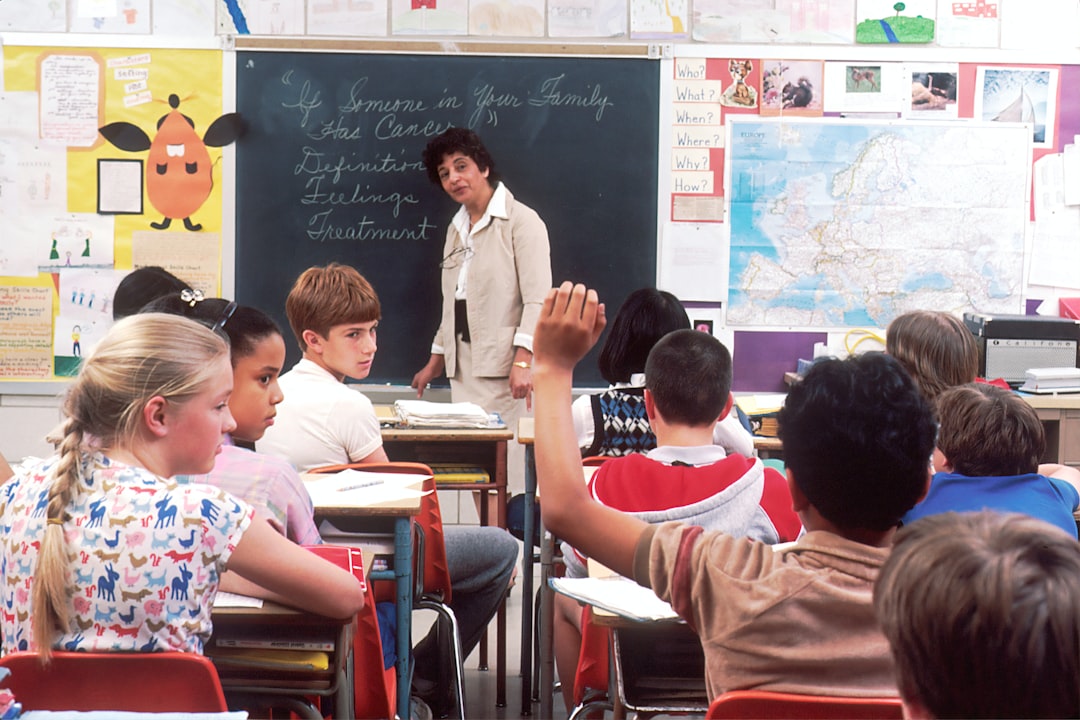What is it about?
Humans efficiently estimate the grip force necessary to lift a variety of objects, including slippery ones. The regulation of grip force starts with the initial contact, and takes into account the surface properties, such as friction. This estimation of the frictional strength has been shown to depend critically on cutaneous information. However, the physical and perceptual mechanism that provides such early tactile information remains elusive. In this study, we developed a friction-modulation apparatus to elucidate the effects of the frictional properties of objects during initial contact. We found a correlation between participants’ conscious perception of friction and radial strain patterns of skin deformation. The results provide insights into the tactile cues made available by contact mechanics to the sensorimotor regulation of grip, as well as to the conscious perception of the frictional properties of an object.
Featured Image

Photo by Christian Wiediger on Unsplash
Why is it important?
To get correct grip forces, our nervous system estimates the slipperiness of the surface of an object. We provide larger grasping forces if the surface is made of slippery silk but smaller if it is made of sandpaper, since it provides better grasp. This information is present at the instant we first touch an object. It has been shown that just a hundred milliseconds of contact with a surface are enough to start adjusting fingertip forces to friction. However, how friction could be estimated without slippage only from the fingertip skin deformation, is not understood, neither in neuroscience nor in engineering disciplines. The mechanisms responsible for this astonishing performance are far from being clear.
Perspectives
Grasping with a delicate touch is today still a major challenge in robotics and teleoperation. The findings of this study can improve haptic human-machine interaction and can inform design of advanced tactile sensors for robotics or prosthetics. In fact, we are working on an artificial tactile sensor that can detect such deformation and will take inspiration from the human sense of touch to the control of robotic prosthesis and grippers.
Laurence Willemet
Technische Universiteit Delft
Read the Original
This page is a summary of: Initial contact shapes the perception of friction, Proceedings of the National Academy of Sciences, December 2021, Proceedings of the National Academy of Sciences,
DOI: 10.1073/pnas.2109109118.
You can read the full text:
Contributors
The following have contributed to this page










